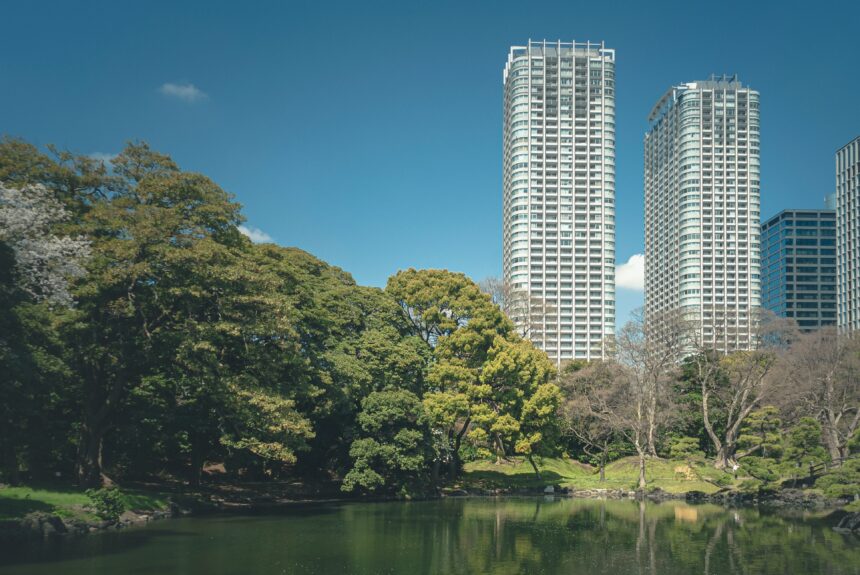Akshat Rathi and Oscar Boyd of Bloomberg report on the need to redesign cities for a future of extreme heat.

- It is expected that by 2050 nearly 70% of the world’s population will live in cities.
- A lack of vegetation and an influx of hard infrastructure like buildings and roads increase the temperatures in cities, which is commonly known as the heat island effect.
- Implementing more green spaces and natural infrastructure in cities can reduce temperatures and heat-related deaths, while improving mental health.
- Urban green spaces and trees have also been linked with reduced rates of violent crime.
“By 2050, almost 70% of the world’s population will live in cities — and nearly 1,000 cities will see their average high temperatures reach or surpass 35C during summer months. That’s triple the number of cities experiencing those kinds of temperatures today, and alarming evidence of extreme heat’s growing impact on the viability of urban areas.”
Read the full article here.
The views and opinions expressed are those of the author’s and do not necessarily reflect the official policy or position of C3.
